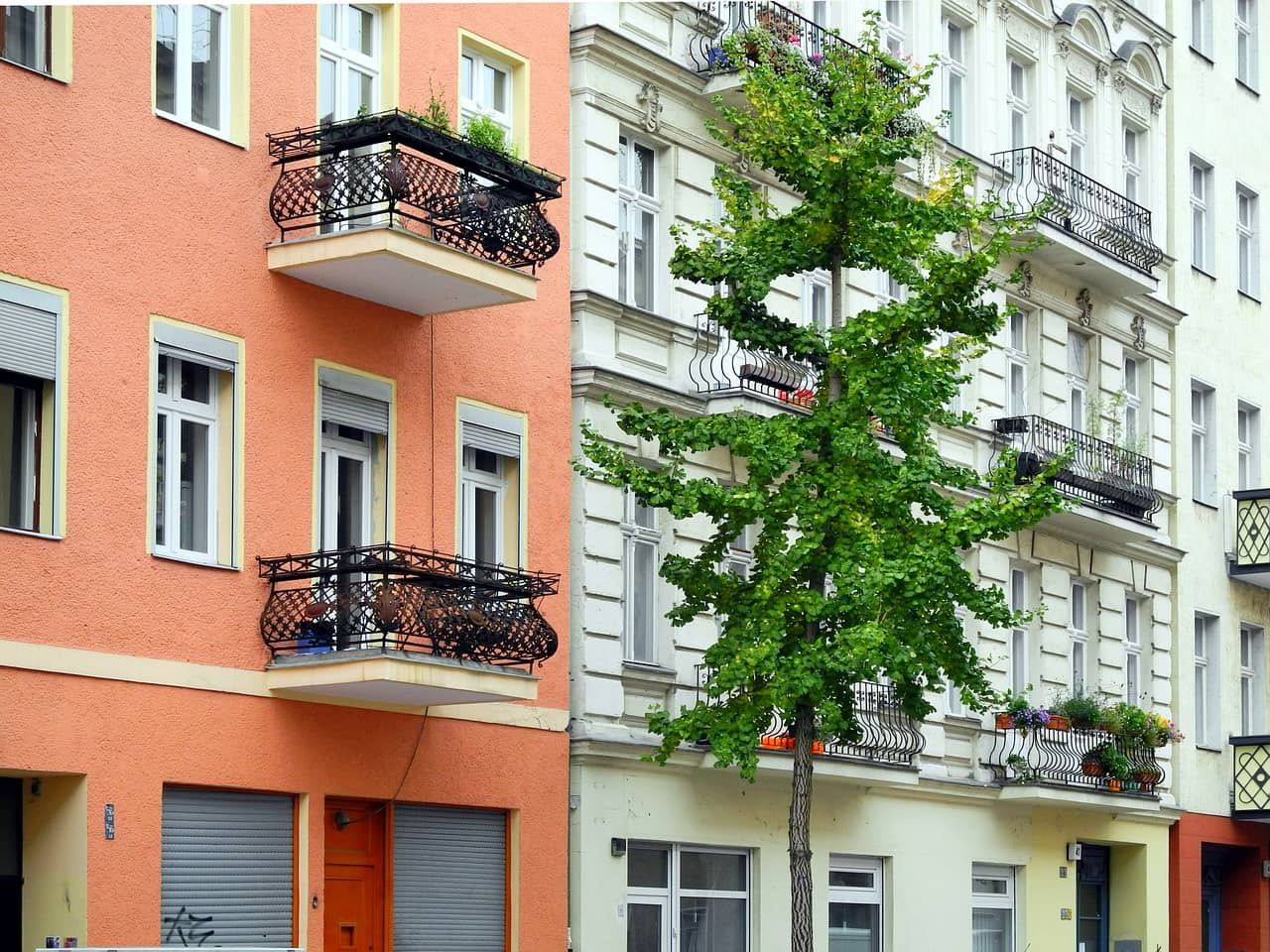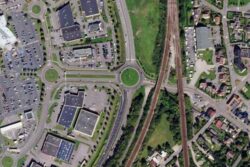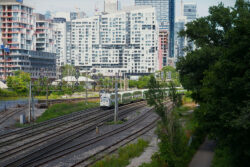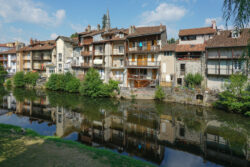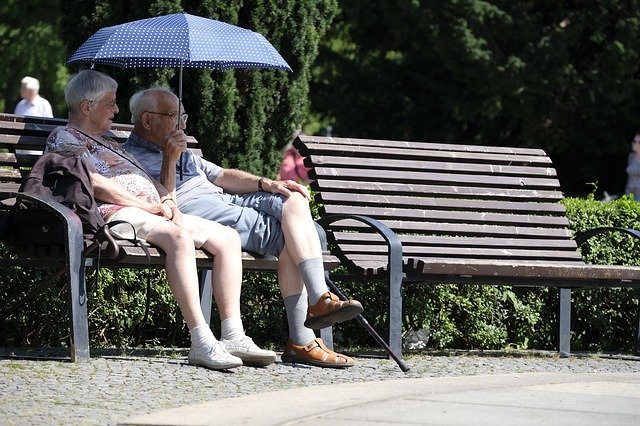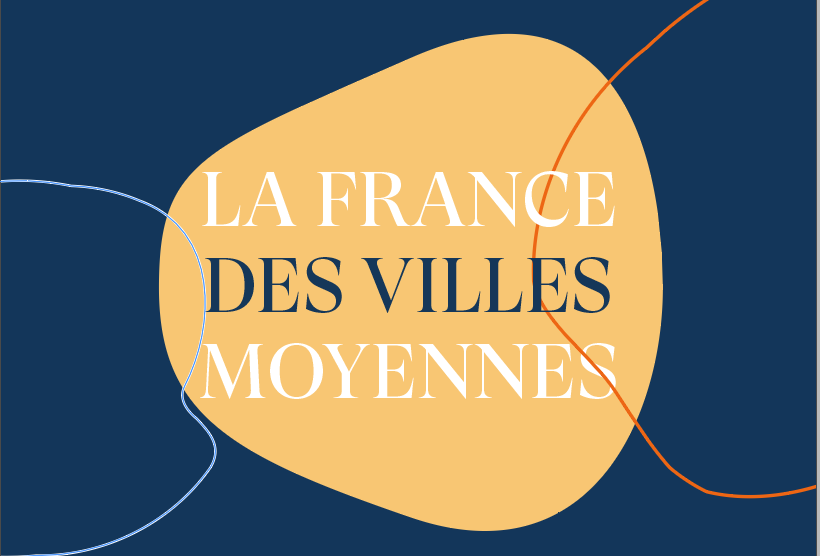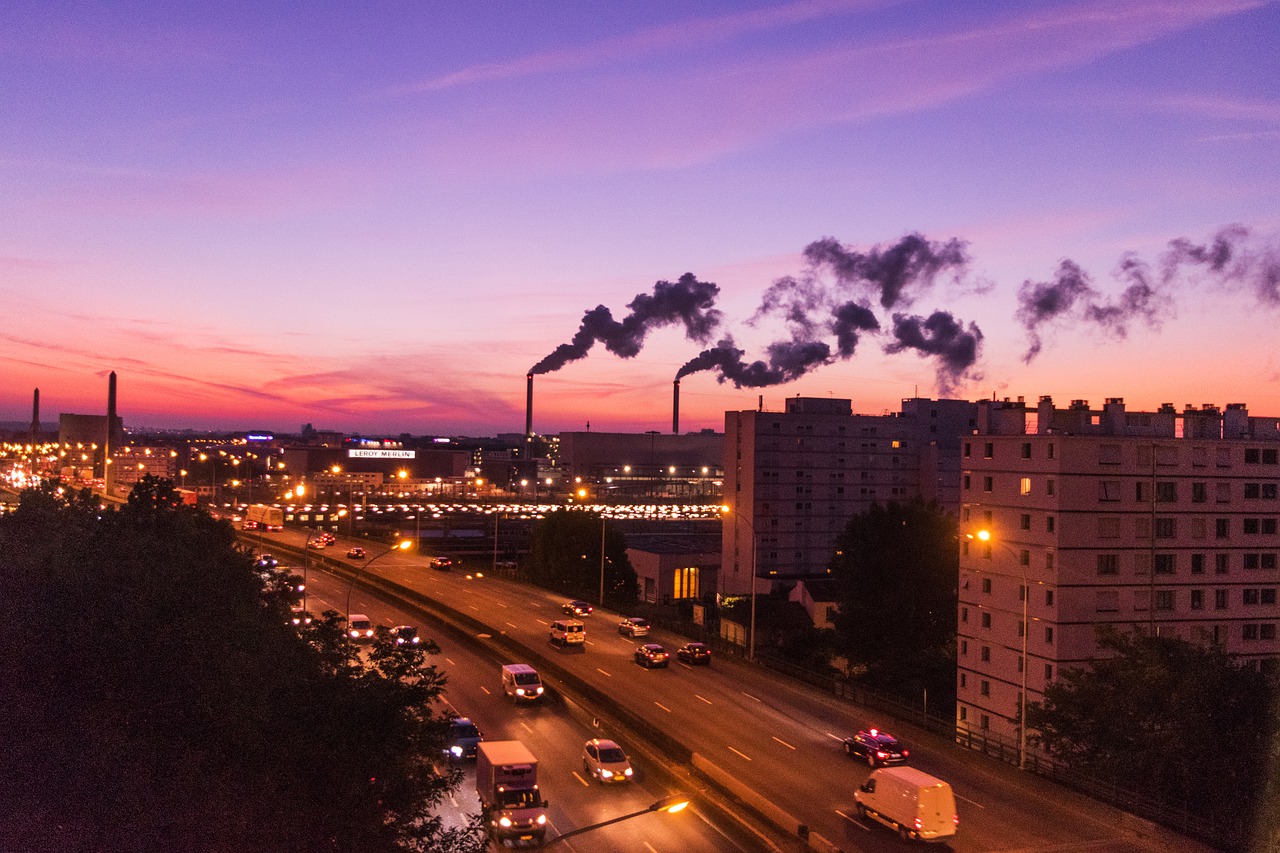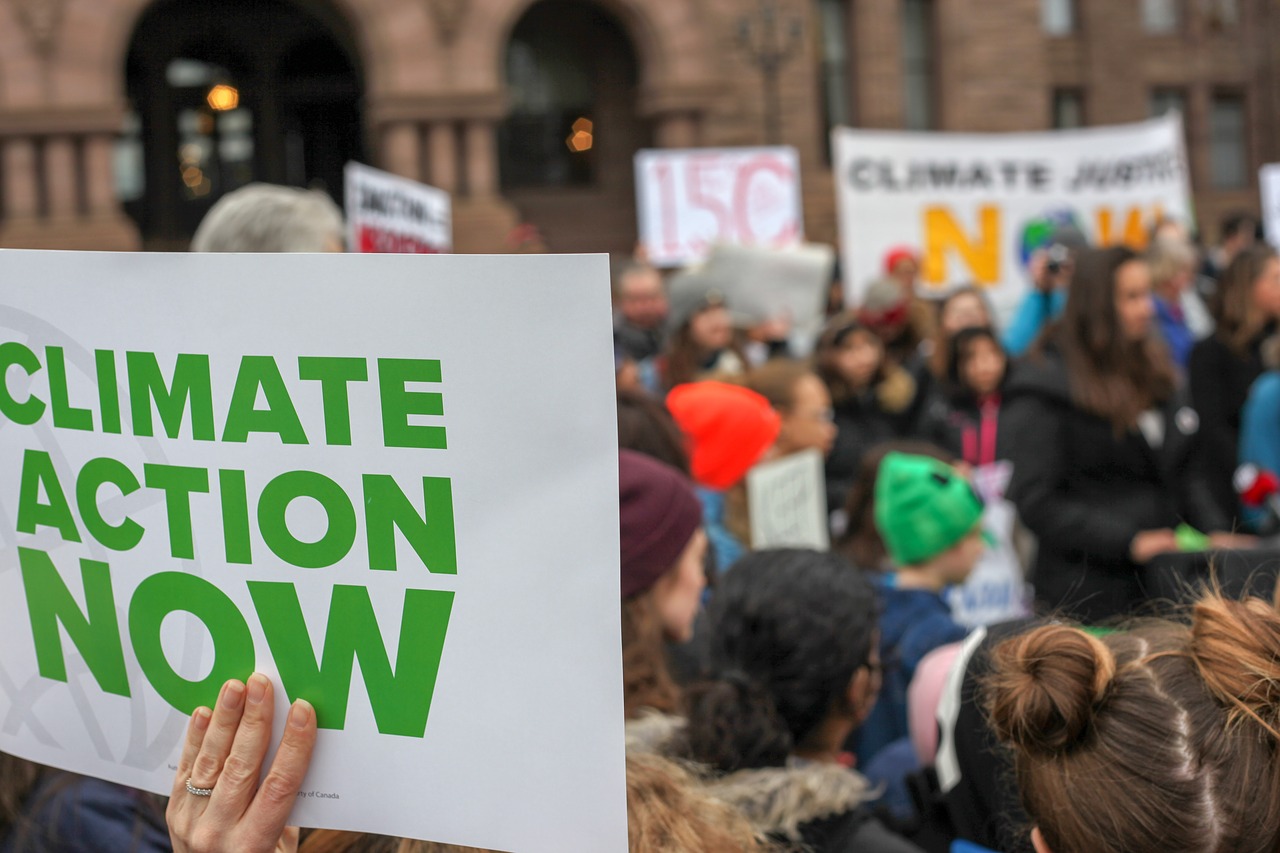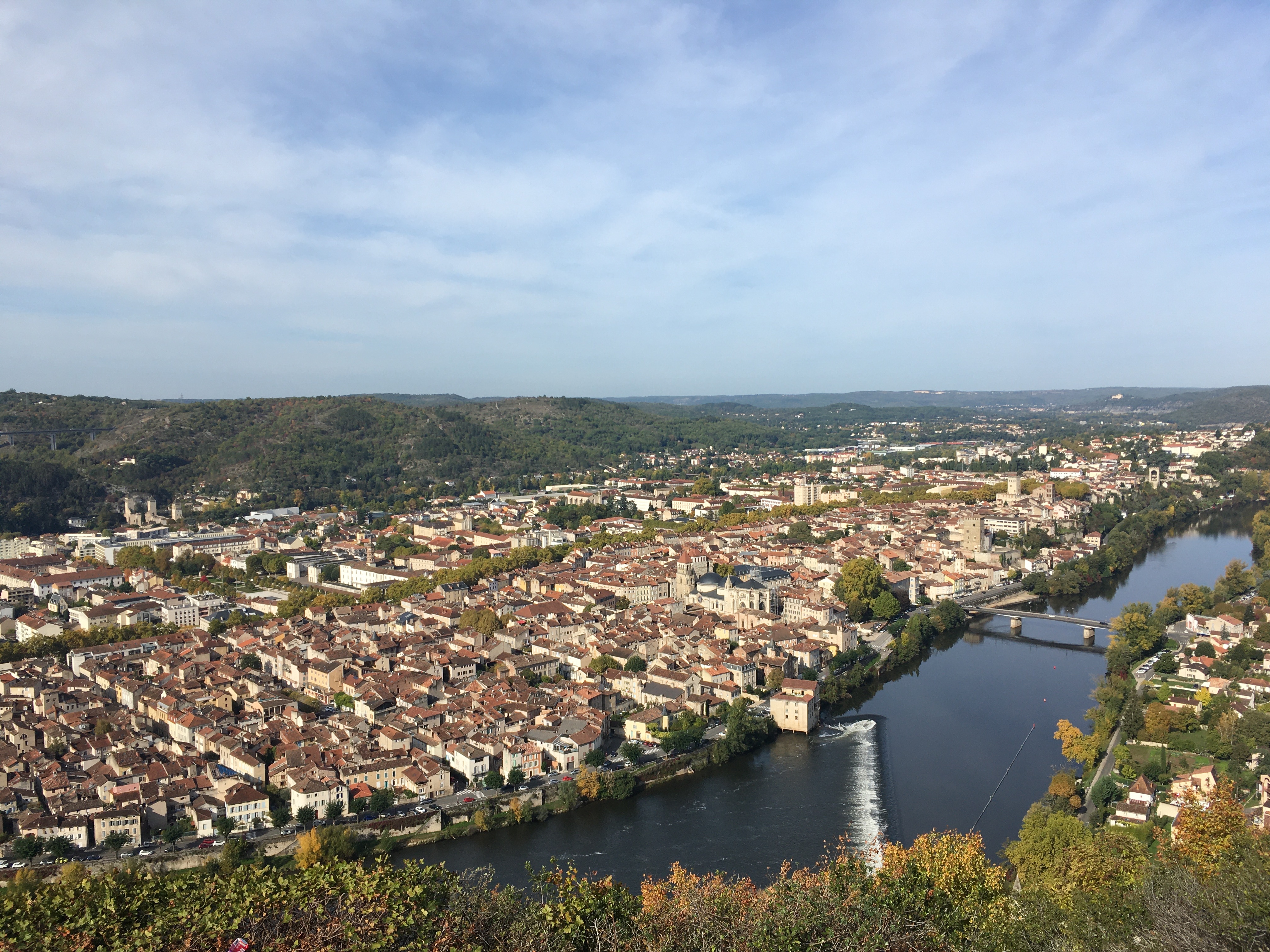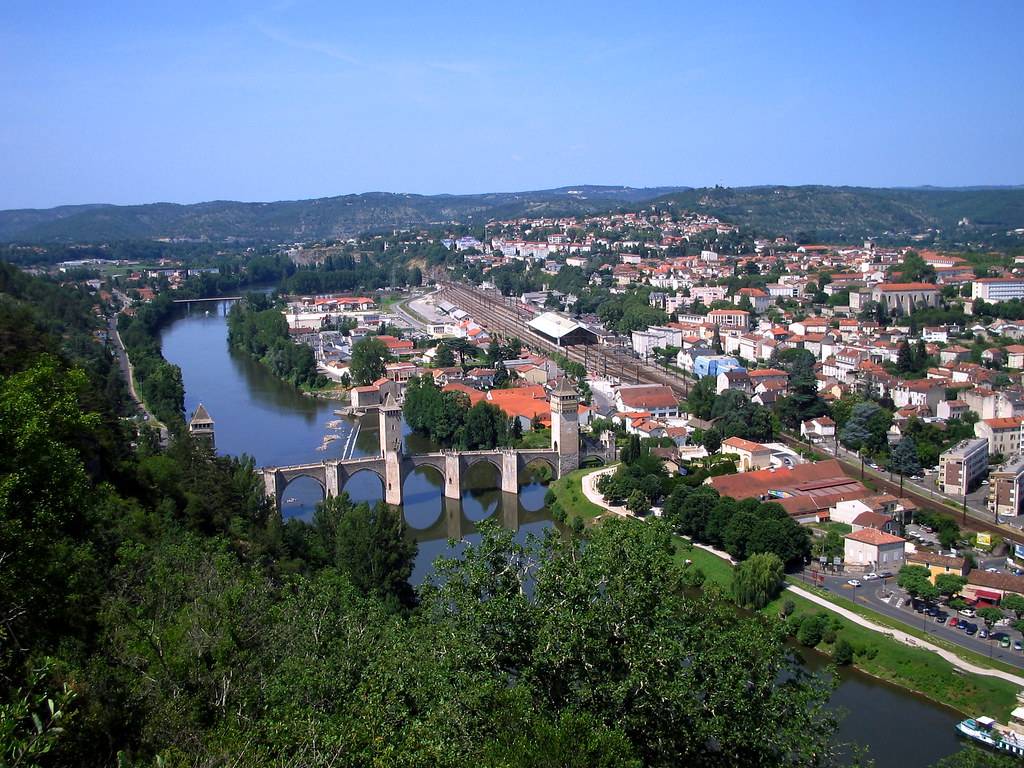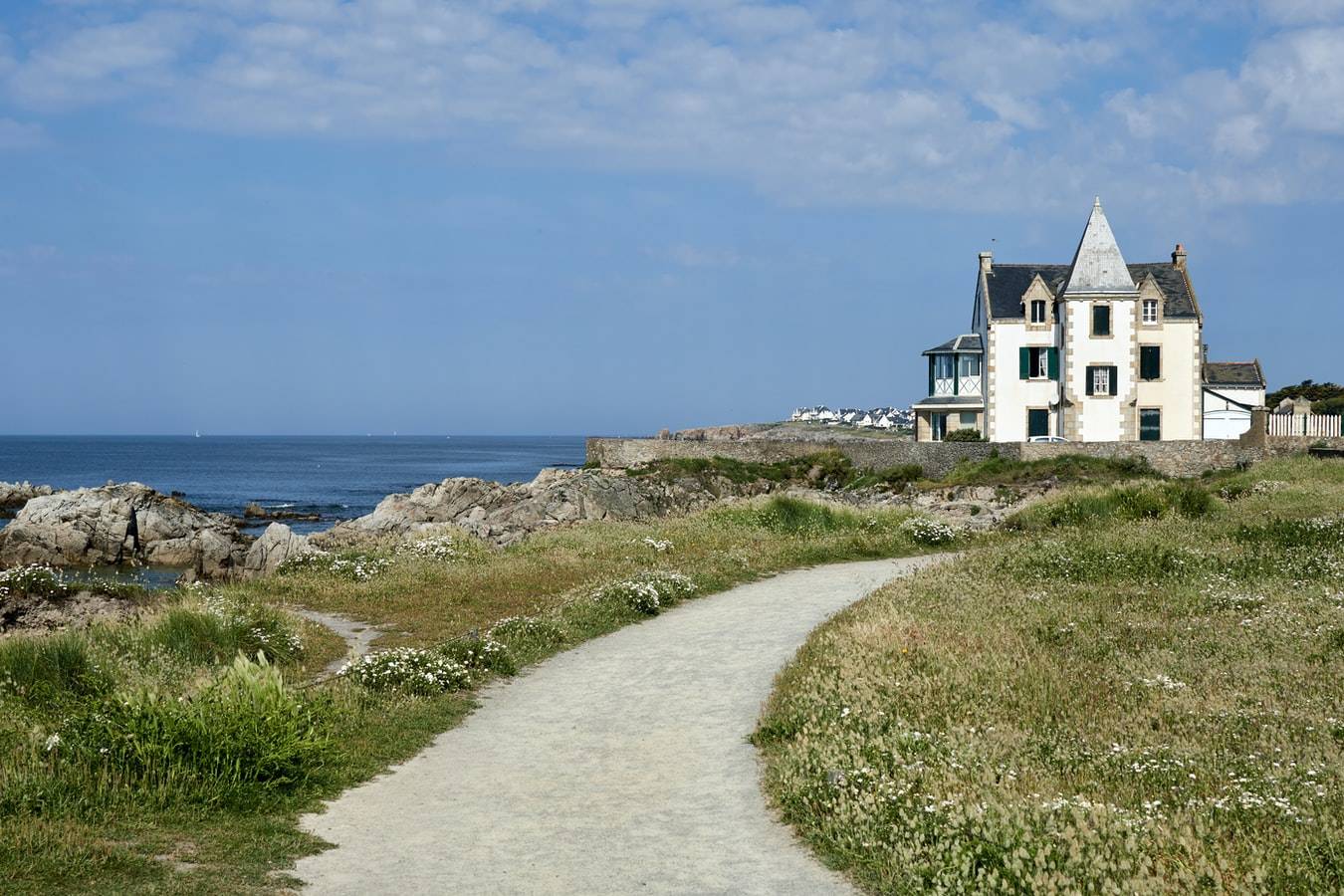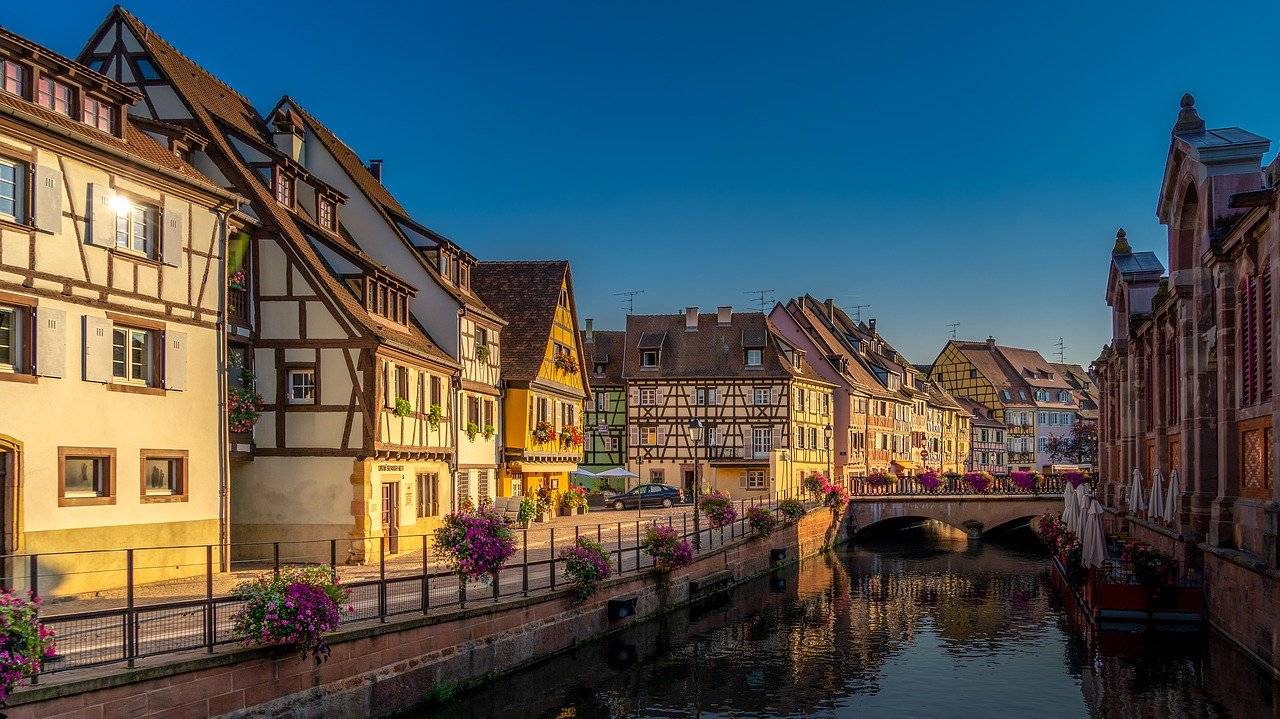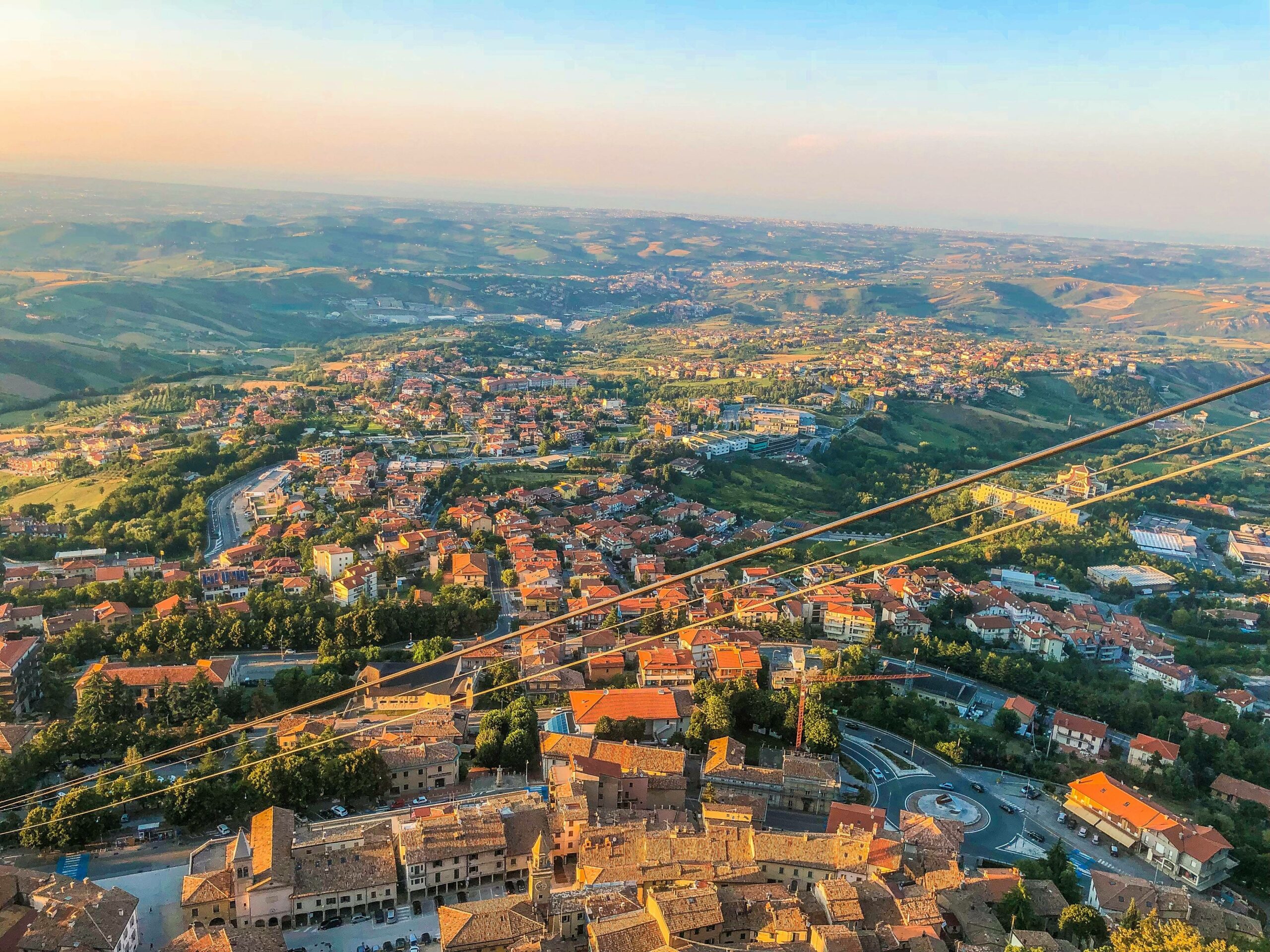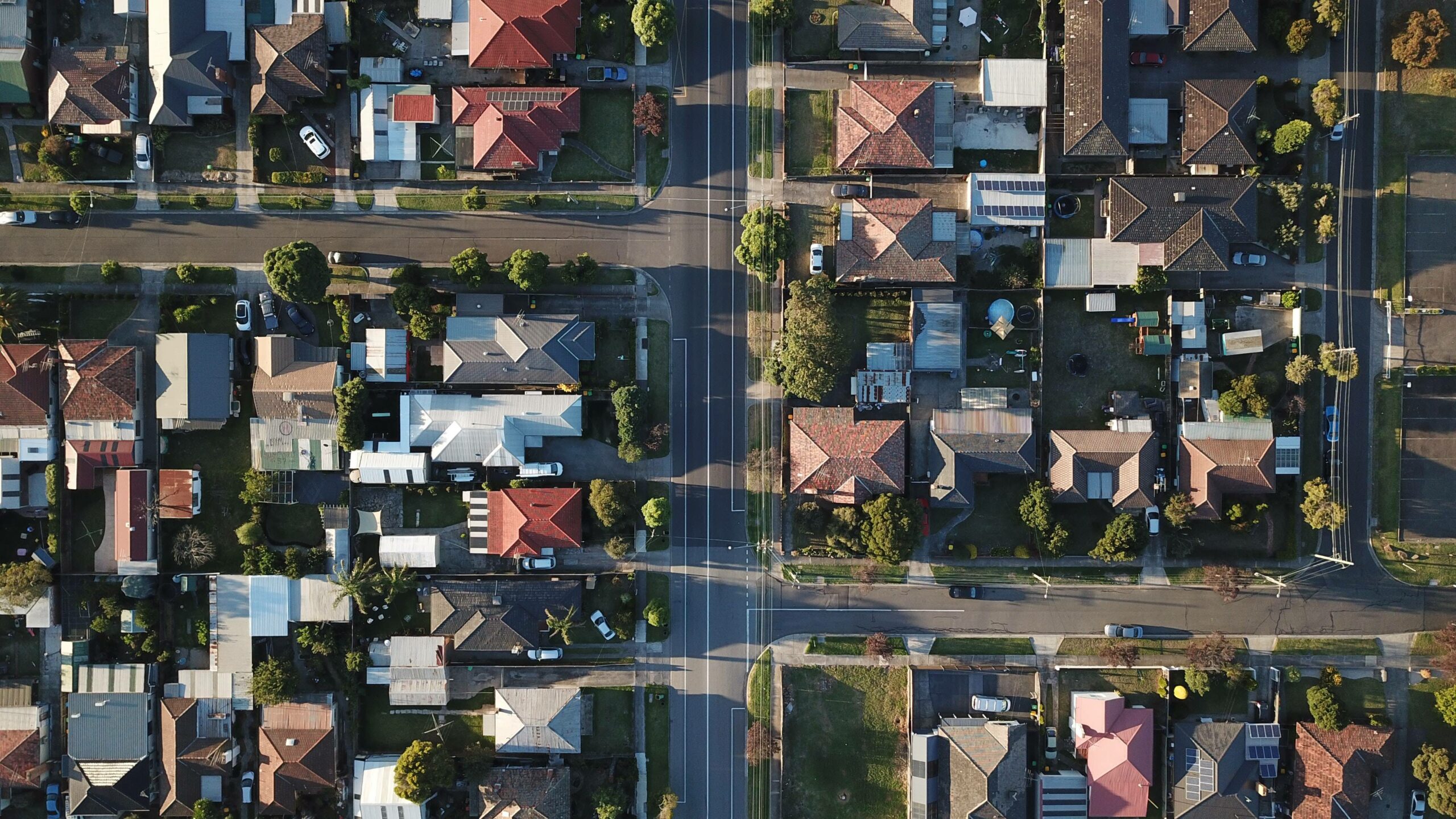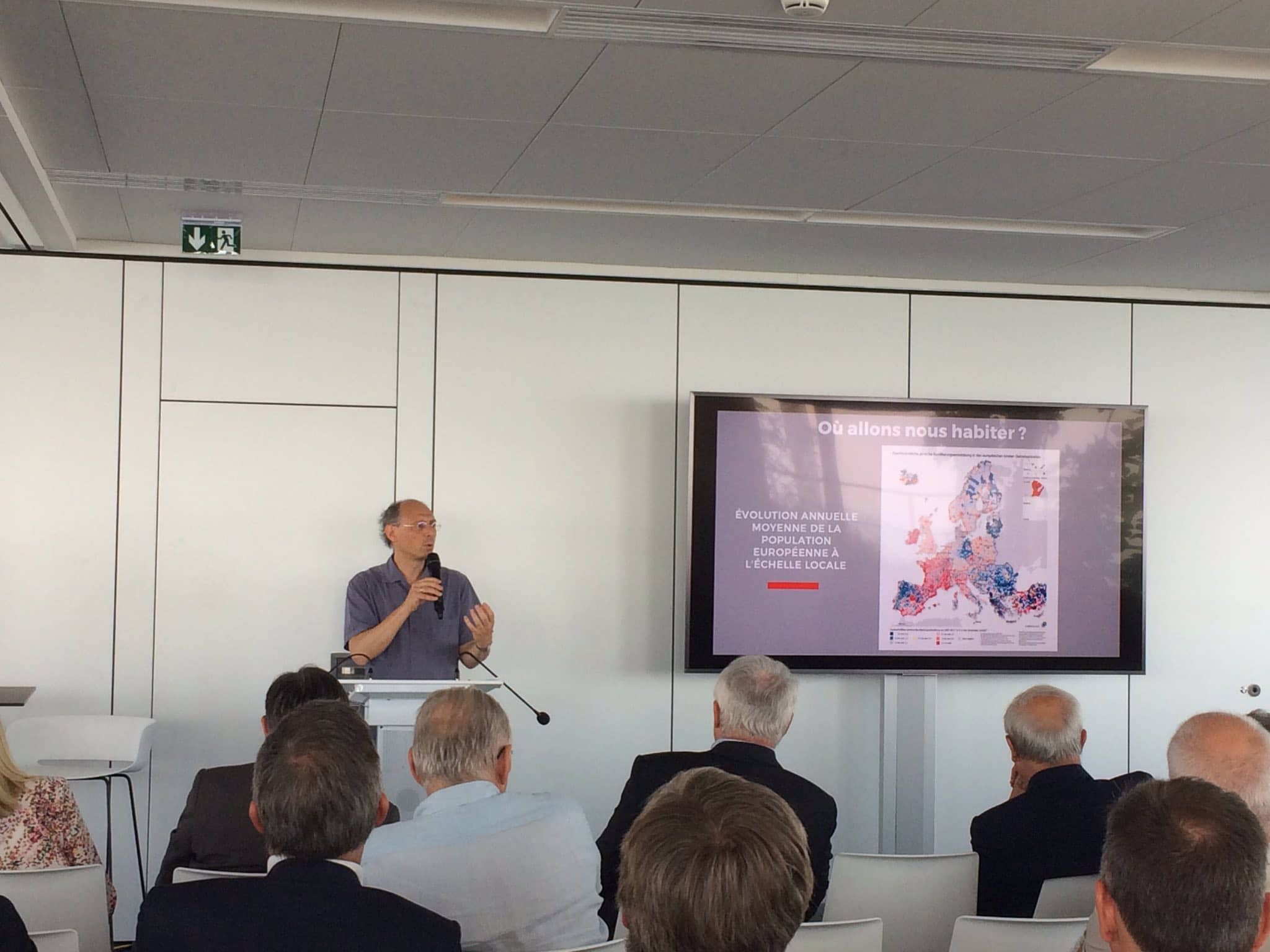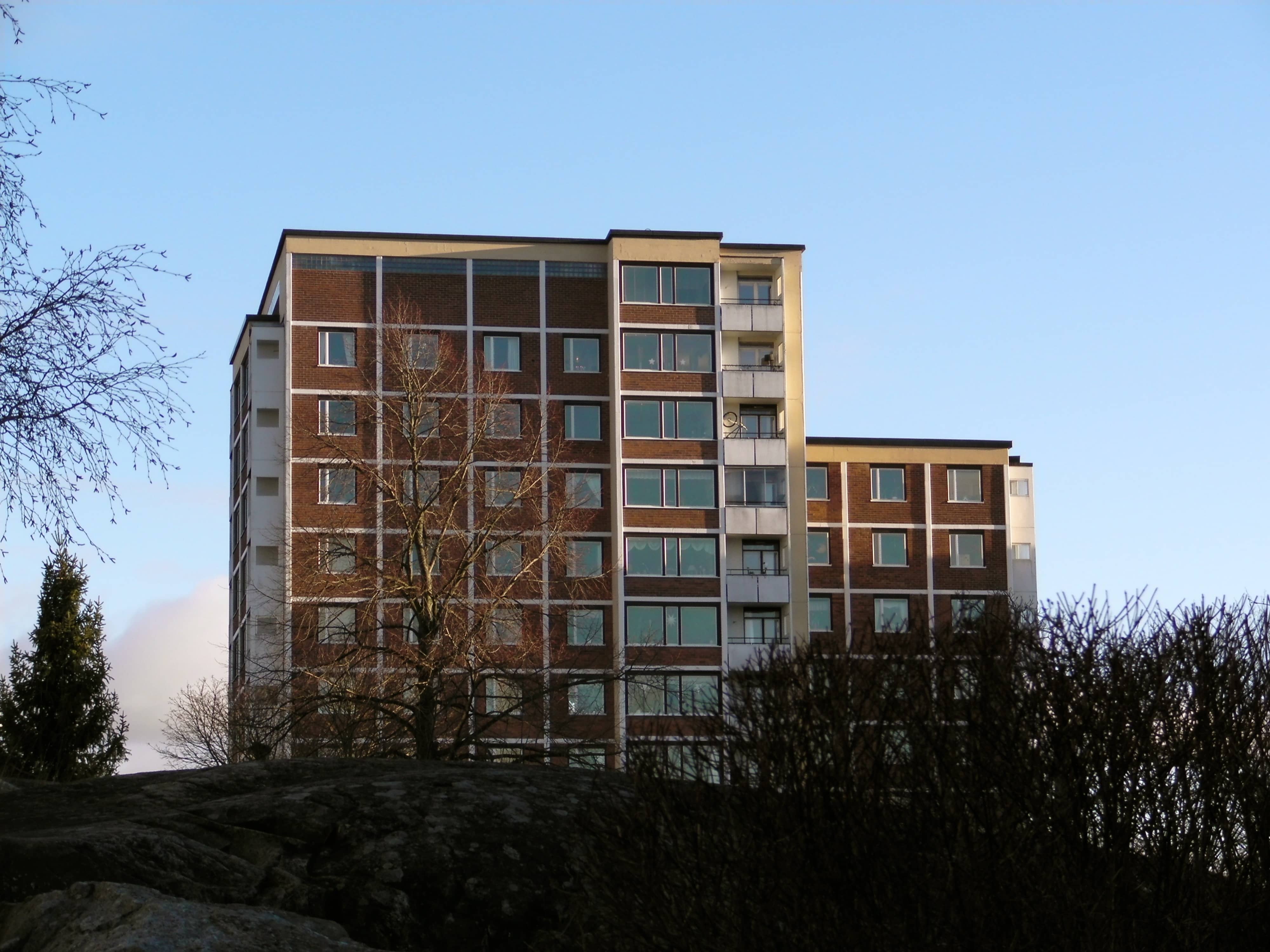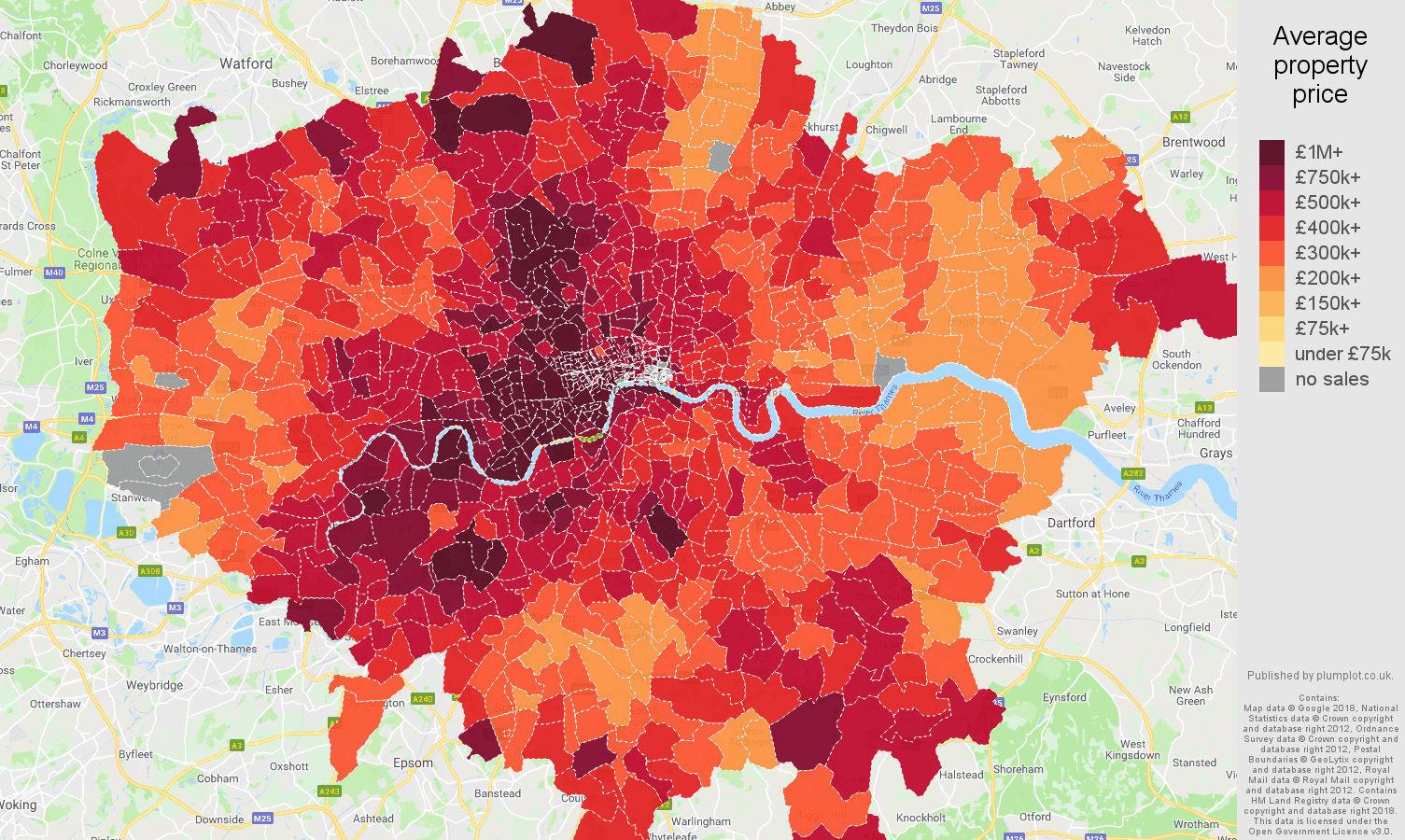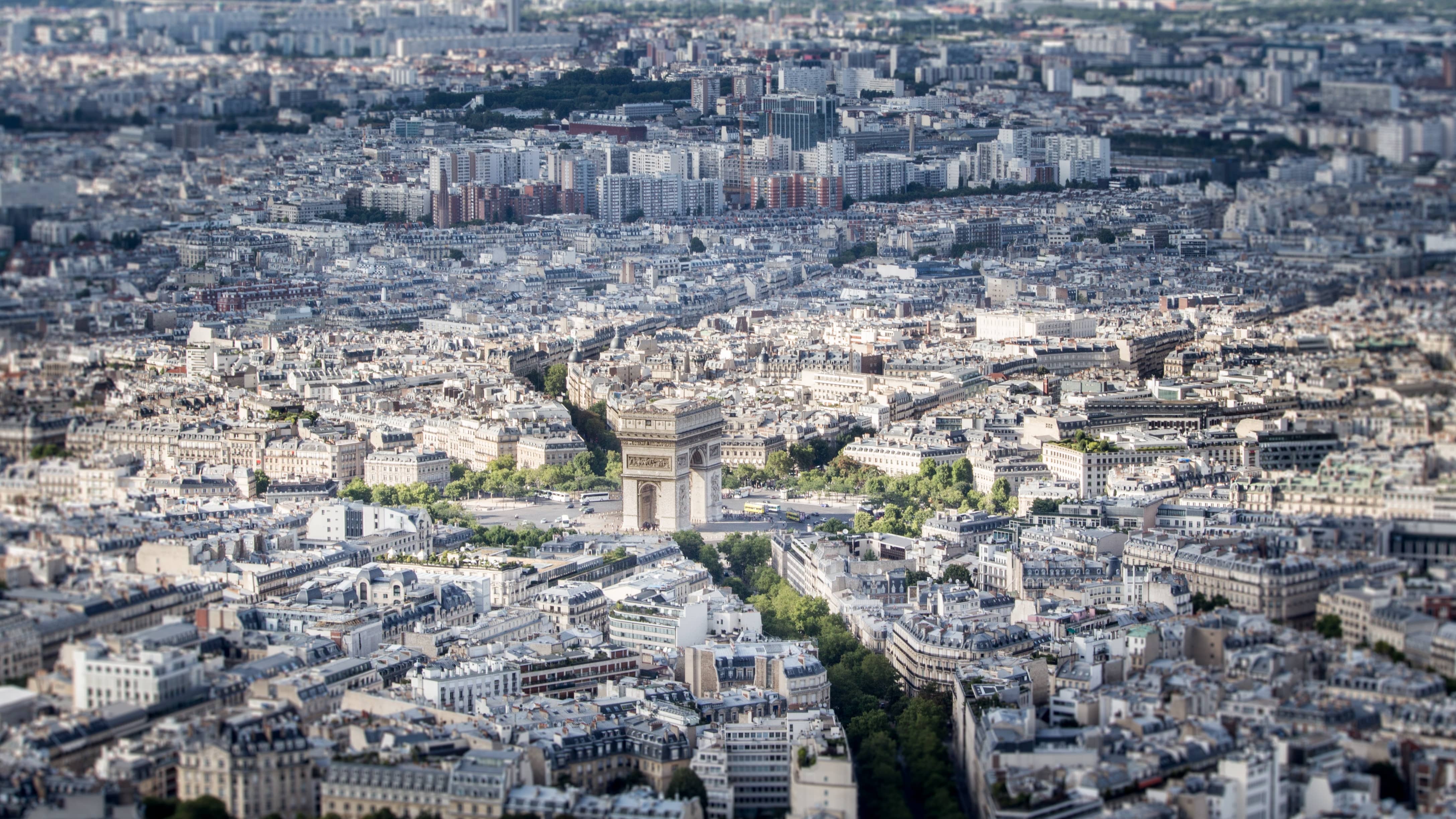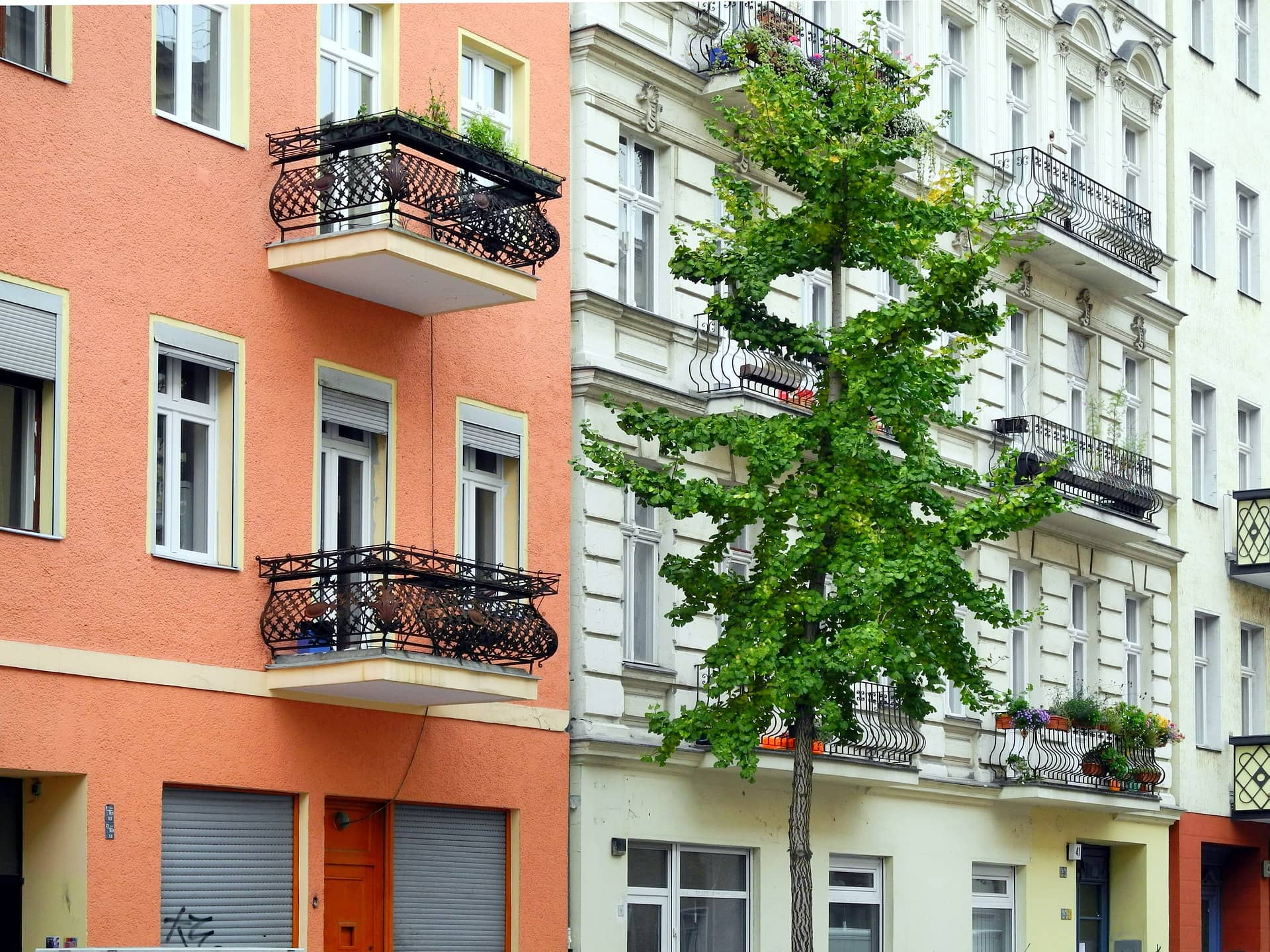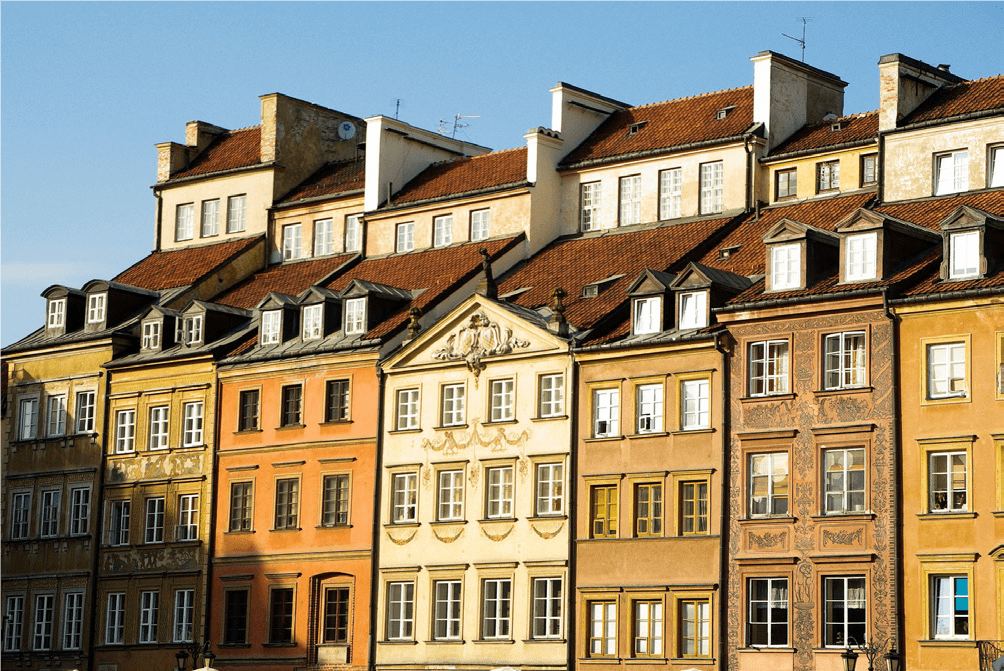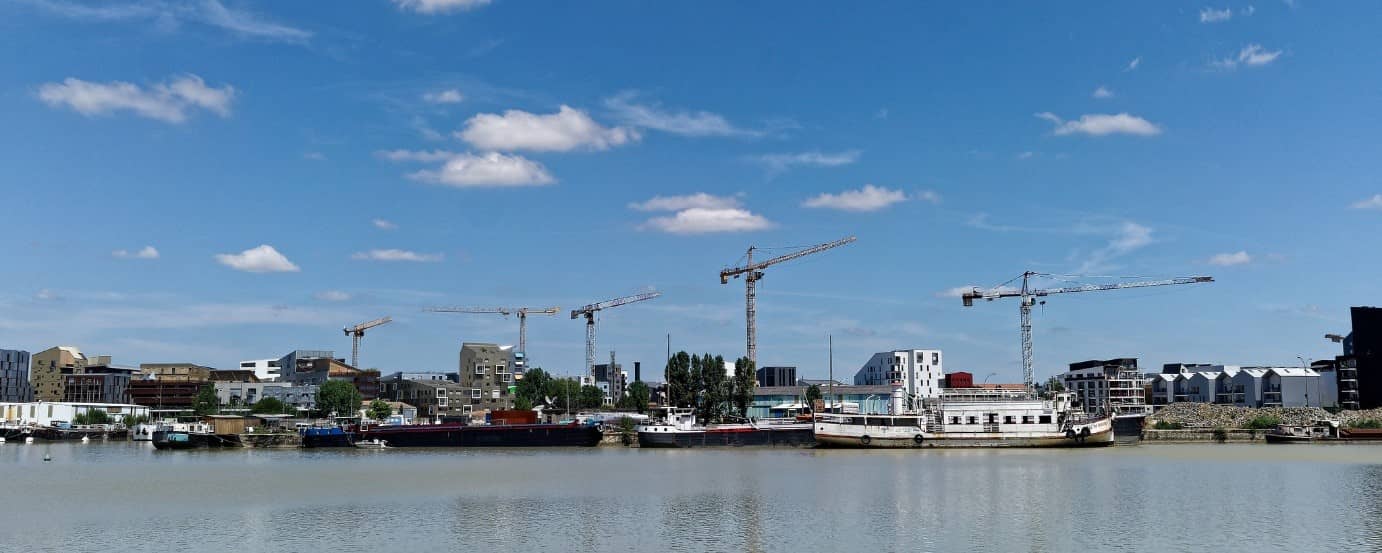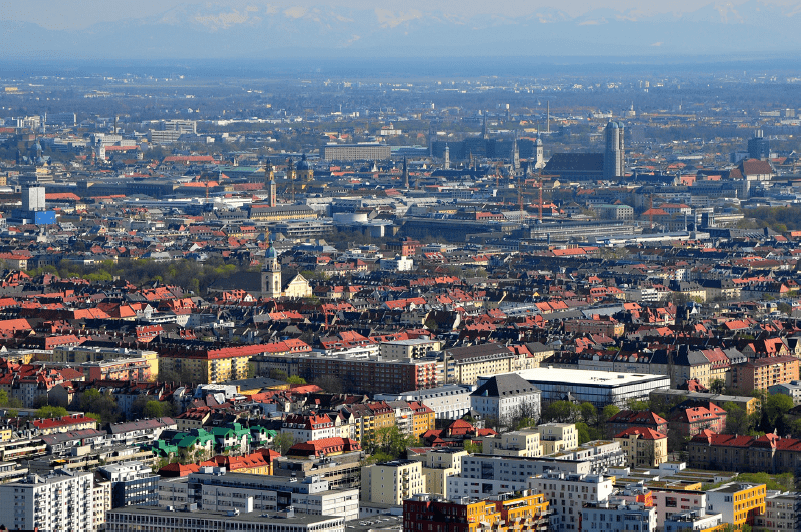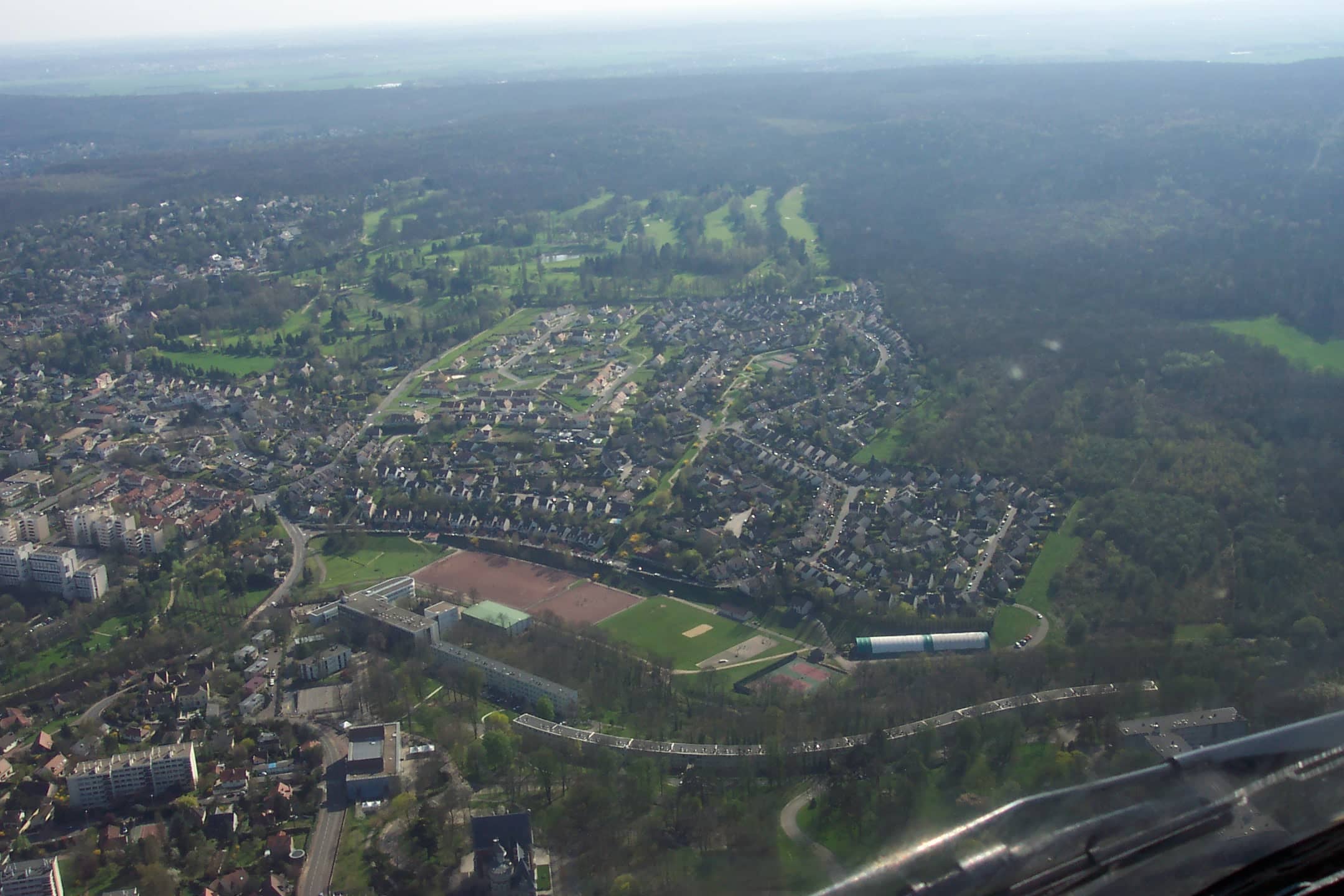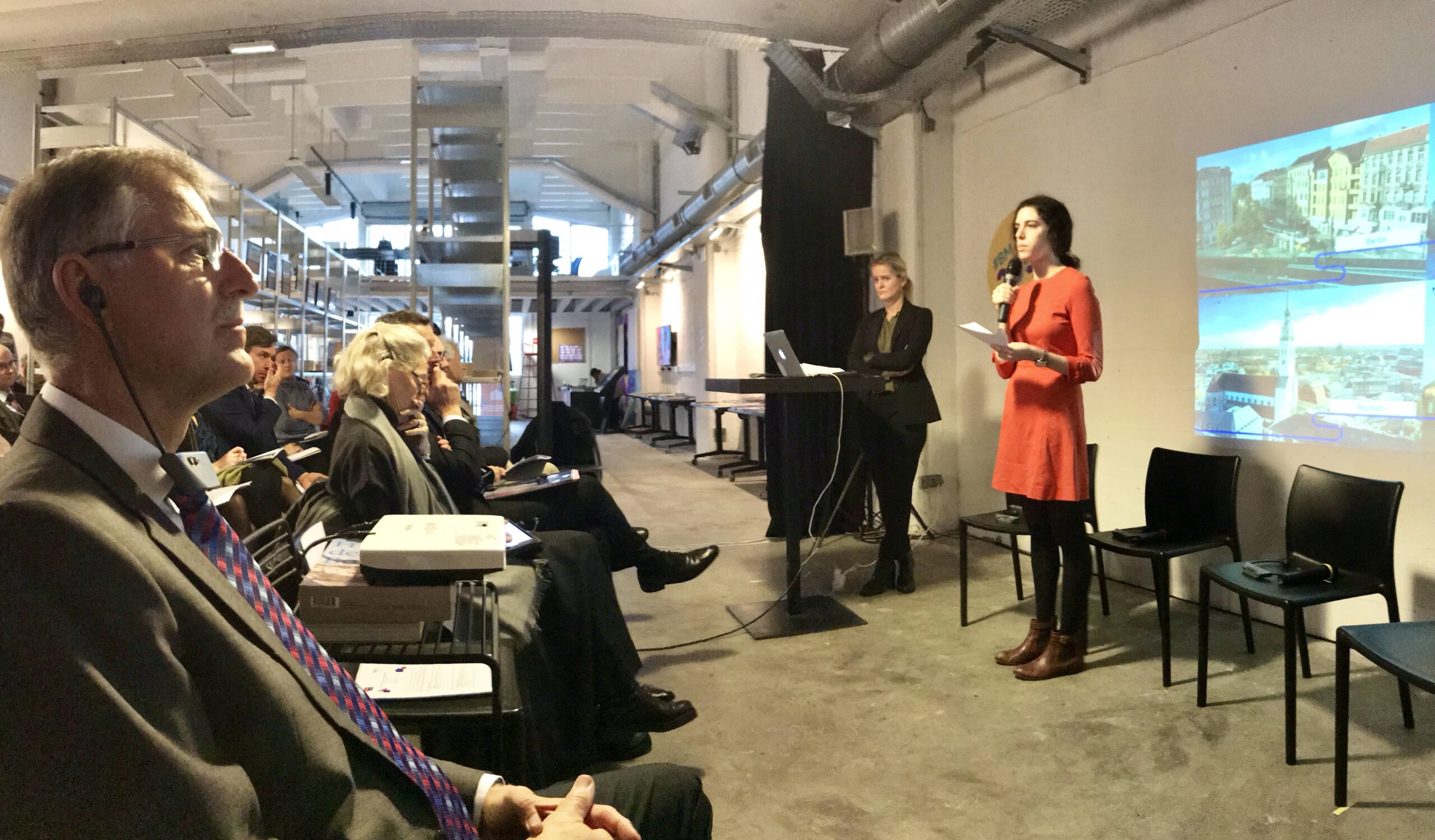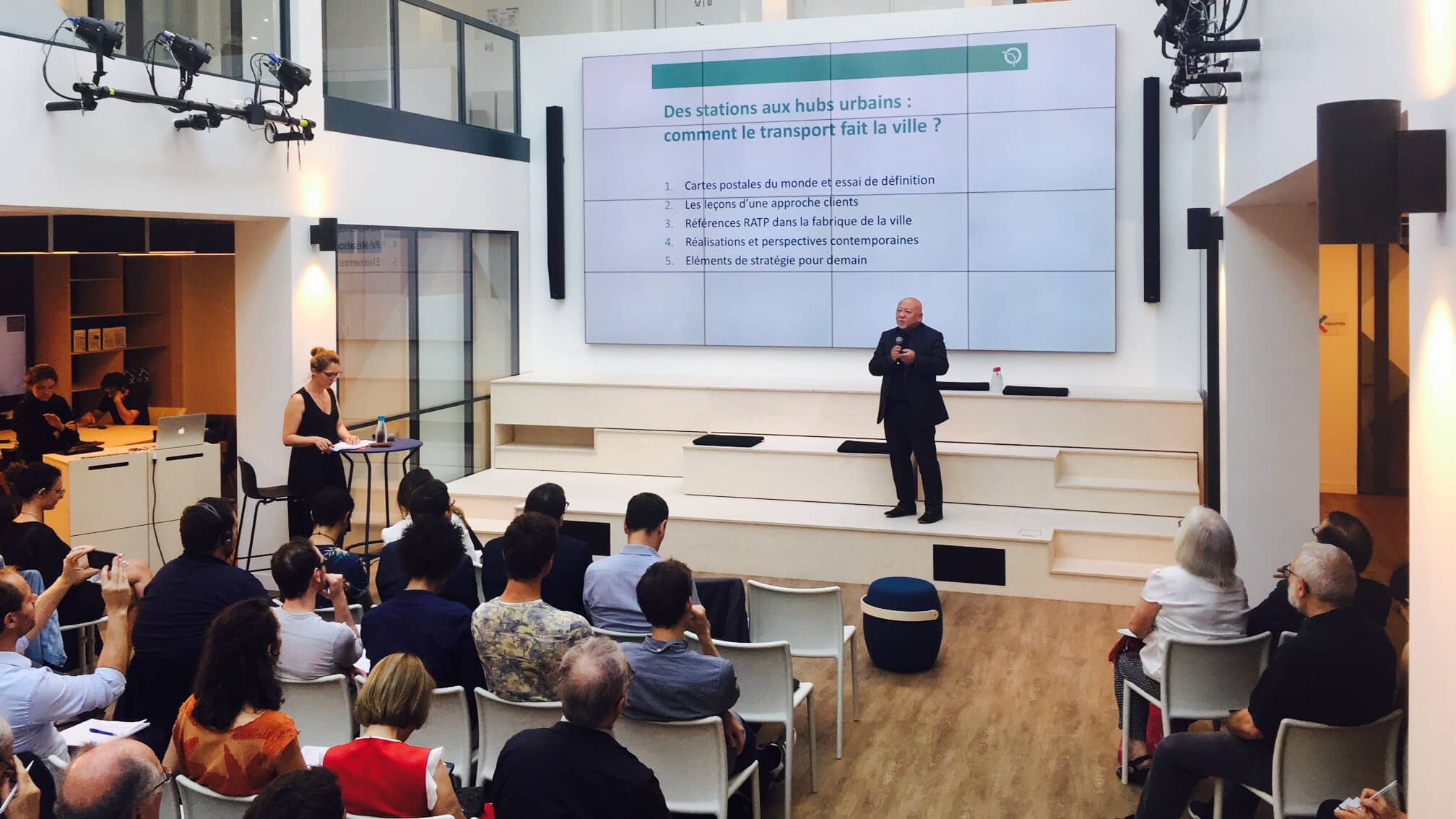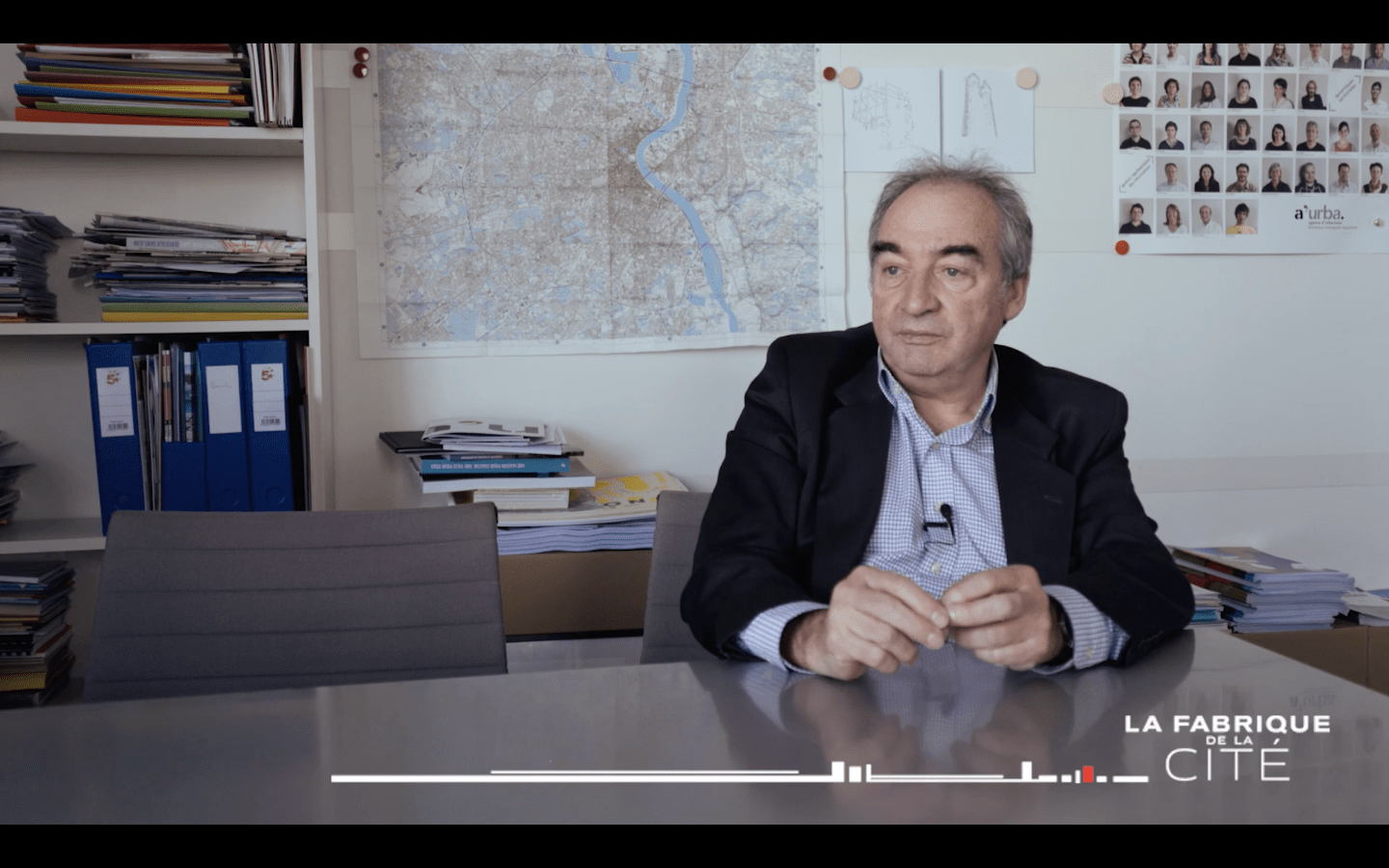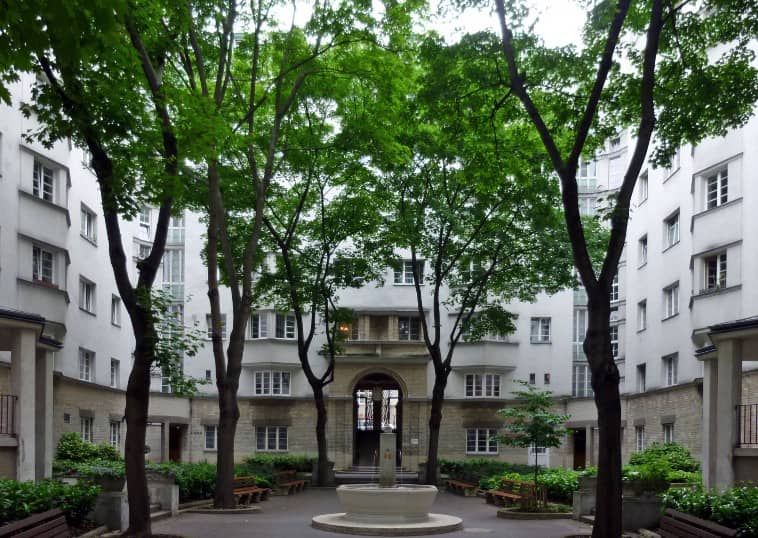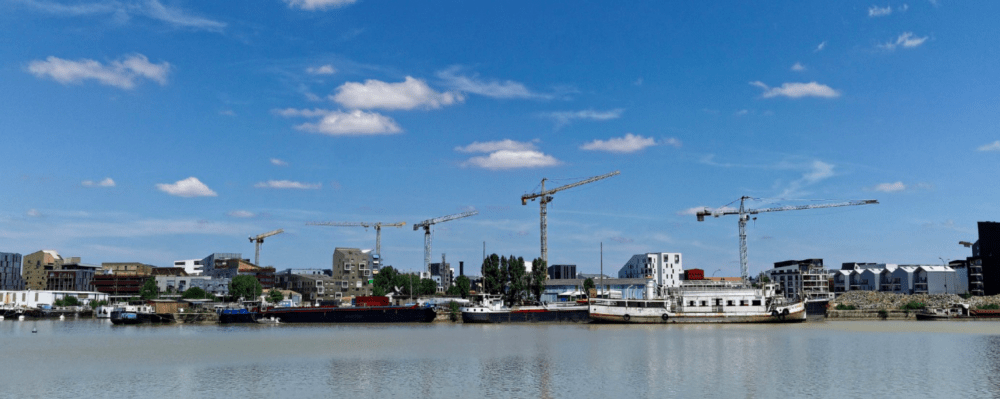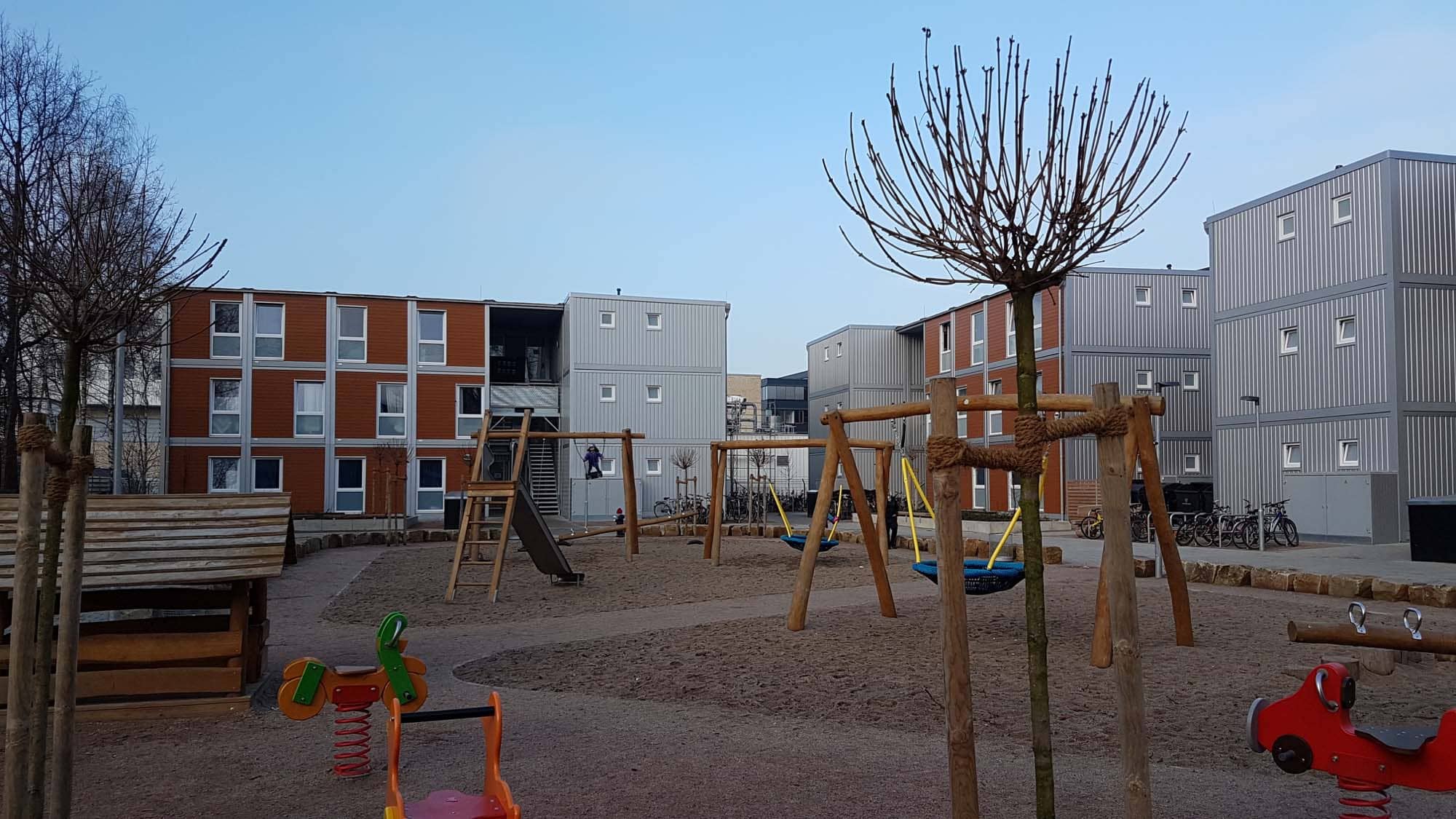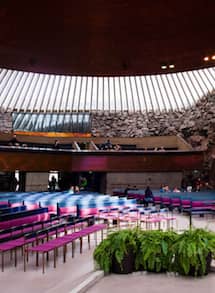

Living in 20 years: which scenarios for the future of French territories?
In December 2017, the Inequalities Observatory (“Observatoire des inégalités”) revealed that the 10% poorest French households allocated four times as much of their income to their housing as the wealthiest 10%[1]. While mobility inequalities have been highlighted by France’s “yellow vest” crisis, housing inequalities are just as significant. In its recent study “Living in 20 years“, born of the reflections of a working group of which La Fabrique de la Cité was a member in 2018, think tank Terra Nova imagined what housing in France could be like by 2040. Following a first presentation of the study at Leonard:Paris in April 2019 in the presence of French Minister for Towns and Housing Julien Denormandie, La Fabrique de la Cité organized a second event dedicated to this study on 4 July 2019 in Marseille. Marc-Olivier Padis, Director of Studies at Terra Nova, presented the four scenarios for the future of French territories laid out in the study, alongside Arlette Fructus, Vice-President for Housing and Urban Policy of the Aix-Marseille-Provence Métropole, and Carles Llop, architect, urban planner and a professor at the School of Architecture of the Polytechnic University of Catalonia.
A changing and favorable French context
While concerns about a growing contrast between demographic empty spaces and heavily populated metropolises appear widespread in France, Marc-Olivier Padis noted that all French municipalities are growing today, including small ones. In April 2018, the Commissariat général à l’égalité des territoires (CGET) showed[2] that medium-sized cities were characterized by a wide variety of circumstances, favorable or not. These two elements call for a more nuanced perspective of the oft-described French territorial fracture and a move away from overly simplistic explanatory schemes: if the “diagonal of low densities”[3] is usually drawn between northeast and southwest France, it would be more accurate, explains Marc-Olivier Padis, to place it on the European scale, between the Baltic and Black Seas.
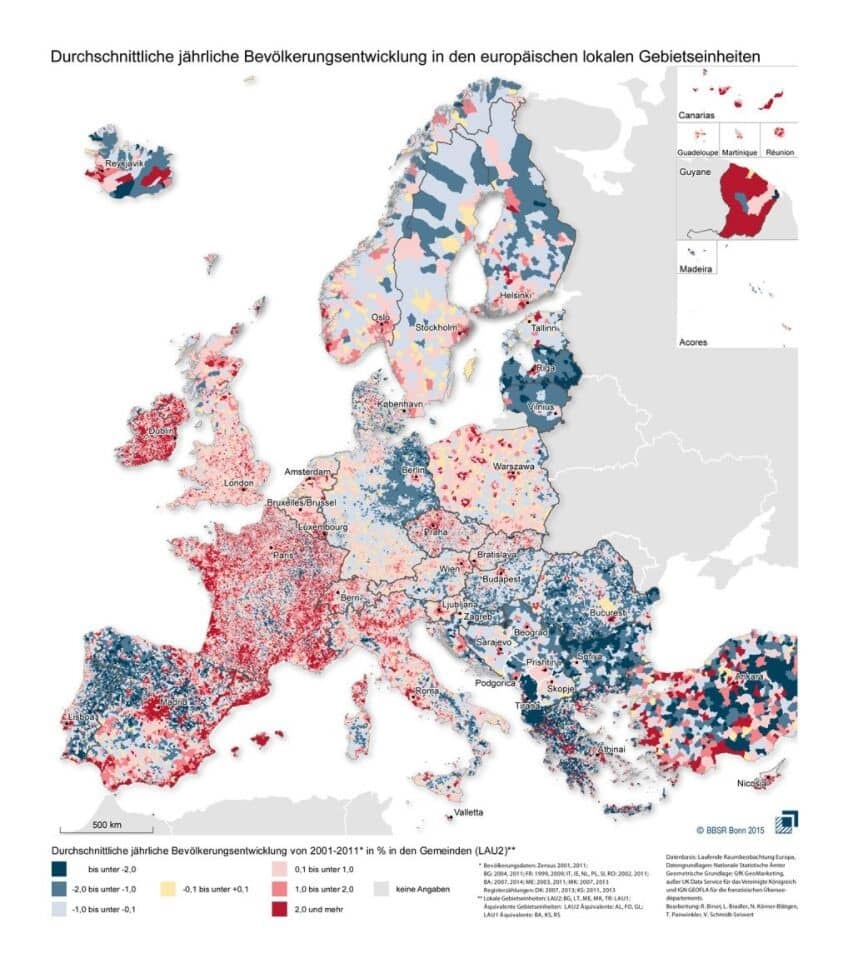
“We can imagine a beneficial cascade between metropolises, small and medium-sized towns, and rural areas, where each territory would manage to highlight its assets and where location would no longer be a major factor of social inequalities” – Marc Olivier Padis
The future demographic dynamics of French territories and metropolitan areas are at the heart of Terra Nova’s work. The study reveals that the territories likely to experience the highest population growth are “intermediate” territories, while the most populated areas will gain few additional inhabitants and the areas sparsely populated were already in decline. A “U-shaped” rebalancing, from the Atlantic coast to Chambéry, via the Mediterranean coast, is plausible, driven by metropolization and heliocentrism. Marc-Olivier Padis points out that it is possible to ” imagine a beneficial cascade between metropolises, small and medium-sized towns, and rural areas, where each territory would manage to highlight its assets and where location would no longer be a major factor of social inequalities”.
Paris and Marseille, places of experimentation to craft a new urbanity
In light of the current changes in French territories, innovative projects have emerged in the metropolitan areas of the Greater Paris and Aix-Marseille-Provence.
“The challenge consists, in Marseille as in other tense areas, in offering a diversified, local, and more affordable housing supply, and in reclaiming the existing stock” – Arlette Fructus
In Paris, Carles Llop explains that the New Deal consortium[4] aims, by 2030, to provide mobility solutions that integrate more intermodality, less congested and polluted roads, and better consider the diversity of actors involved in urban production. Beyond mobility issues, the project leaders wish to address the interconnections between mobility, housing, employment, and urban planning.
Arlette Fructus, Vice-President for Housing and Urban Policy of the Aix-Marseille-Provence Métropole, notes that “the challenge consists, in Marseille as in other tense areas, in offering a diversified, local, and more affordable housing supply, and in reclaiming the existing stock” throughout the metropolitan area. An ambitious and integrated urban renewal policy is now being implemented, with the renovation of sites selected by the National Urban Renewal Agency (Agence nationale de renouvellement urbain), the implementation of a national program to support condominiums from five sites in Marseille and the organization of a Civic Conference on Housing in early 2019. A metropolitan housing strategy common to the Métropole’s 92 municipalities was consequently defined: for Arlette Fructus, the metropolitan scale is the most relevant scale for planning, as “it can offer the possibility of a high-quality residential trajectory by using the complementarity and solidarity of the territories“.
Breaking silos to think about the future: towards an integrated vision of urban spaces
Old development schemes, such as the model of the detached individual house, have led to uncontrolled peri-urbanisation, high economic and environmental costs, and a deterioration in quality of life for the French. These patterns are now being strongly called into question and their manifest failure calls for a more integrated approach, combining development, housing, mobility, and employment.
In this respect, Arlette Fructus highlights the joint work carried out with the metropolitan vice-presidents in charge of economic affairs and transportation, but also with the Euroméditerranée public planning institution and other stakeholders in the territory to create “a coherence between all the structuring schemes“ developed within the Aix-Marseille-Provence Metropolis. She also insists on the need to replace the notion of housing with the more comprehensive French concept of habitat, because it “encompasses all that constitutes the immediate living space in relation to housing, public spaces, shops and transport. In a word, it refers to what makes a neighborhood, what makes a city for the citizens”.
For Cécile Maisonneuve, President of La Fabrique de la Cité, this decompartmentalization of reflections must also apply to the relationship between housing and mobility, because “these two themes are central and affect the future of French territories and metropolitan areas“.
Rethinking the way we approach urbanity by putting “the French concept of “habitat” at its core may lead to the emergence of a new urban model for French territories.
[1] https://www.inegalites.fr/Les-menages-modestes-ecrases-par-le-poids-des-depenses-de-logement
[2] https://www.cget.gouv.fr/actualites/les-villes-moyennes-toutes-en-deprise-vrai-ou-faux
[3] http://geoconfluences.ens-lyon.fr/glossaire/diagonale-faibles-densites
[4] https://www.lesechos.fr/idees-debats/cercle/grand-paris-et-mobilite-voir-au-dela-du-periph-1026596
Find this publication in the projects:
-
Affordable housing in growing European metropolisesHow can growing European metropolises, faced with scarce, expensive land and rising construction costs, provide enough affordable housing to accommodate the needs of low-income households?
-
Territories and metropolizationAs part of its reflection on the globalized urban dynamics, La Fabrique de la Cité will question the ambivalent and complex relationships between metropolization and territorial restructurings.
These other publications may also be of interest to you:

Back from Cahors
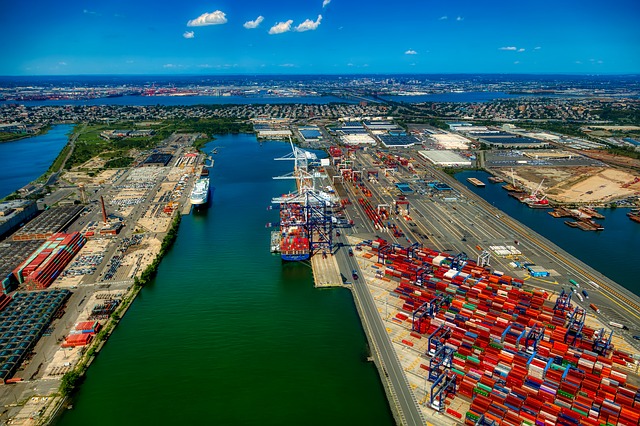
Rebalancing
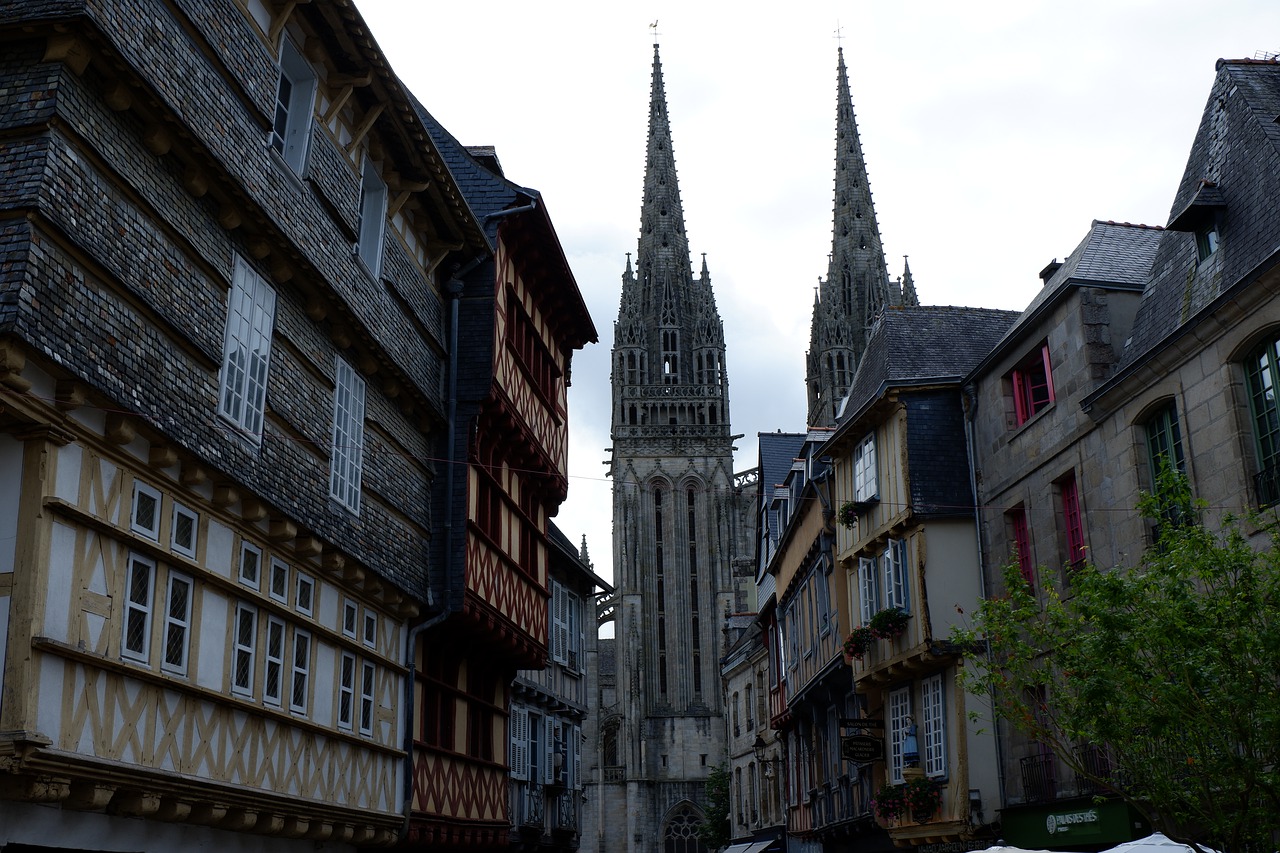
Size, Network and People

Long live urban density!
The ideal culprit
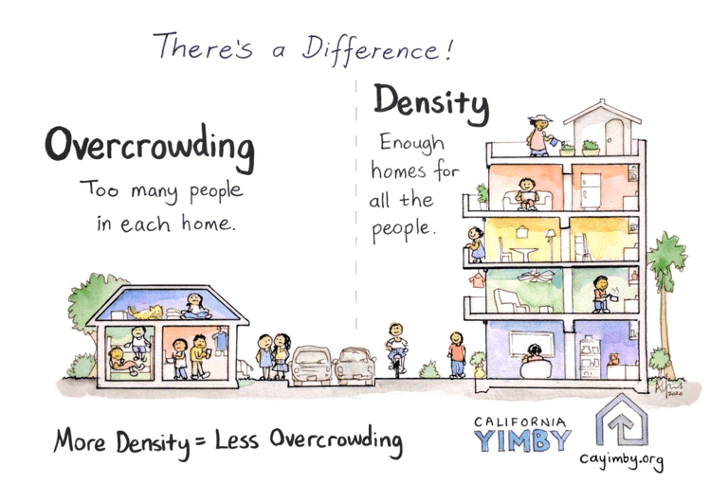
Behind the words: density
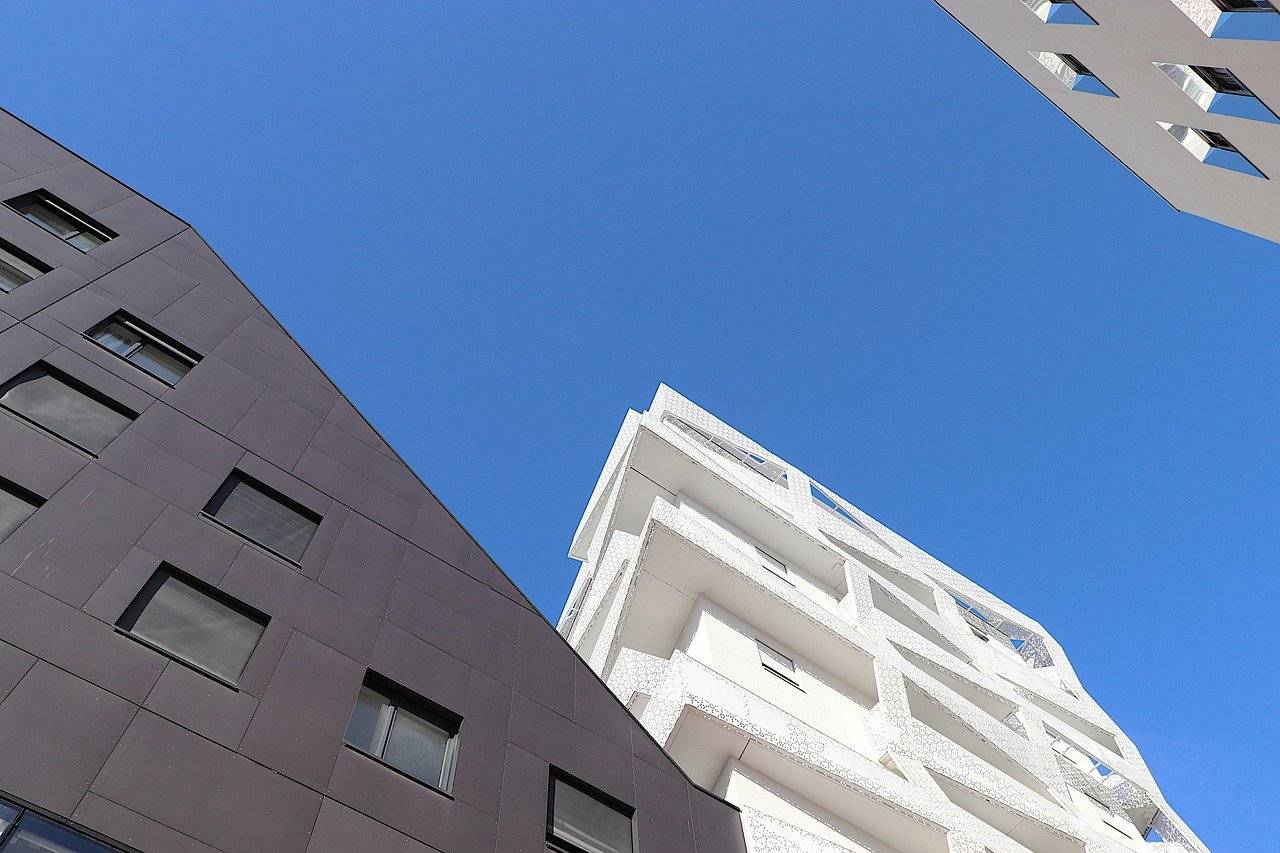
Behind the words: Affordable housing

Inventing the future of urban highways
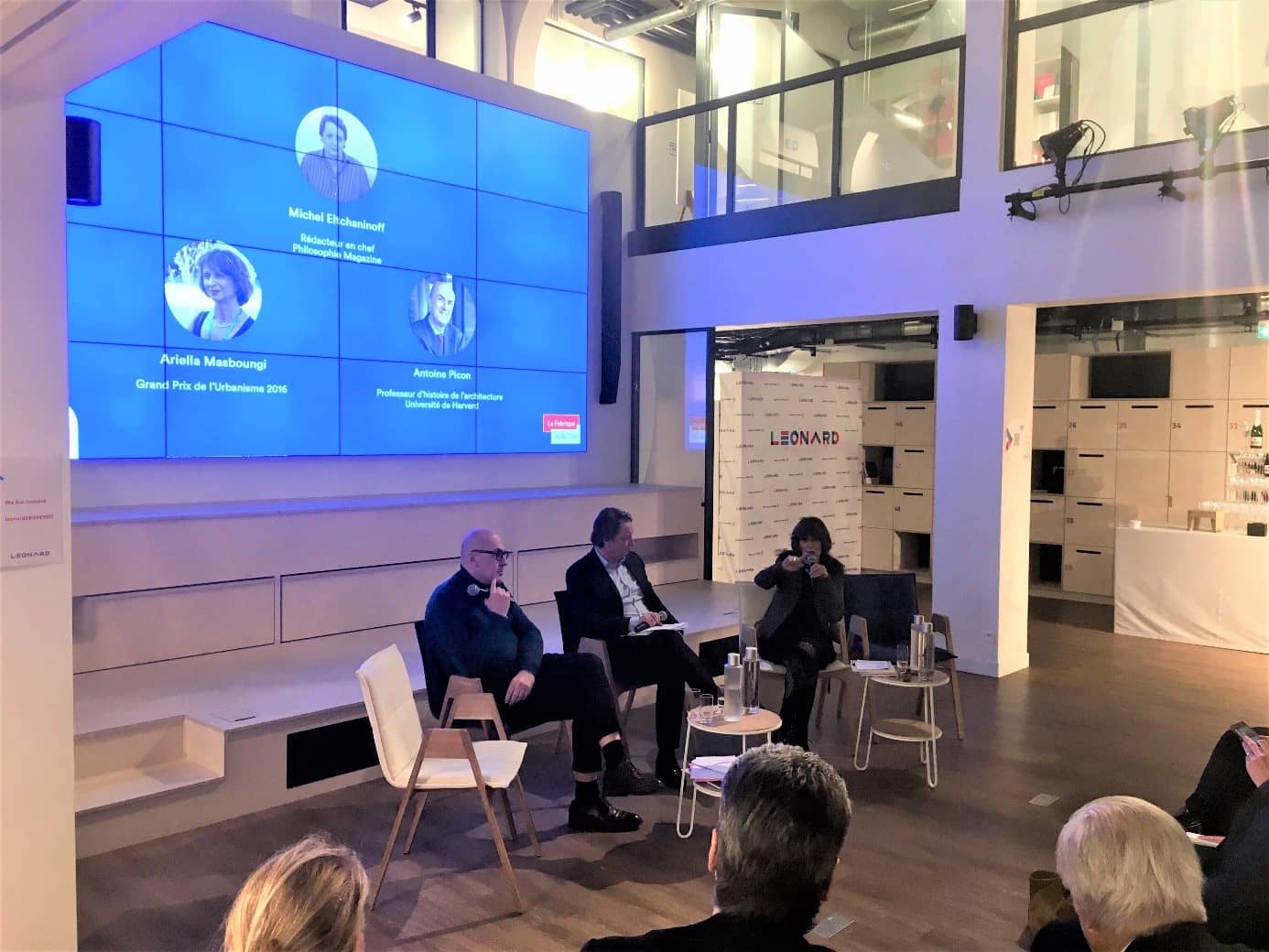
Spatial justice, managing the situation to enable development?
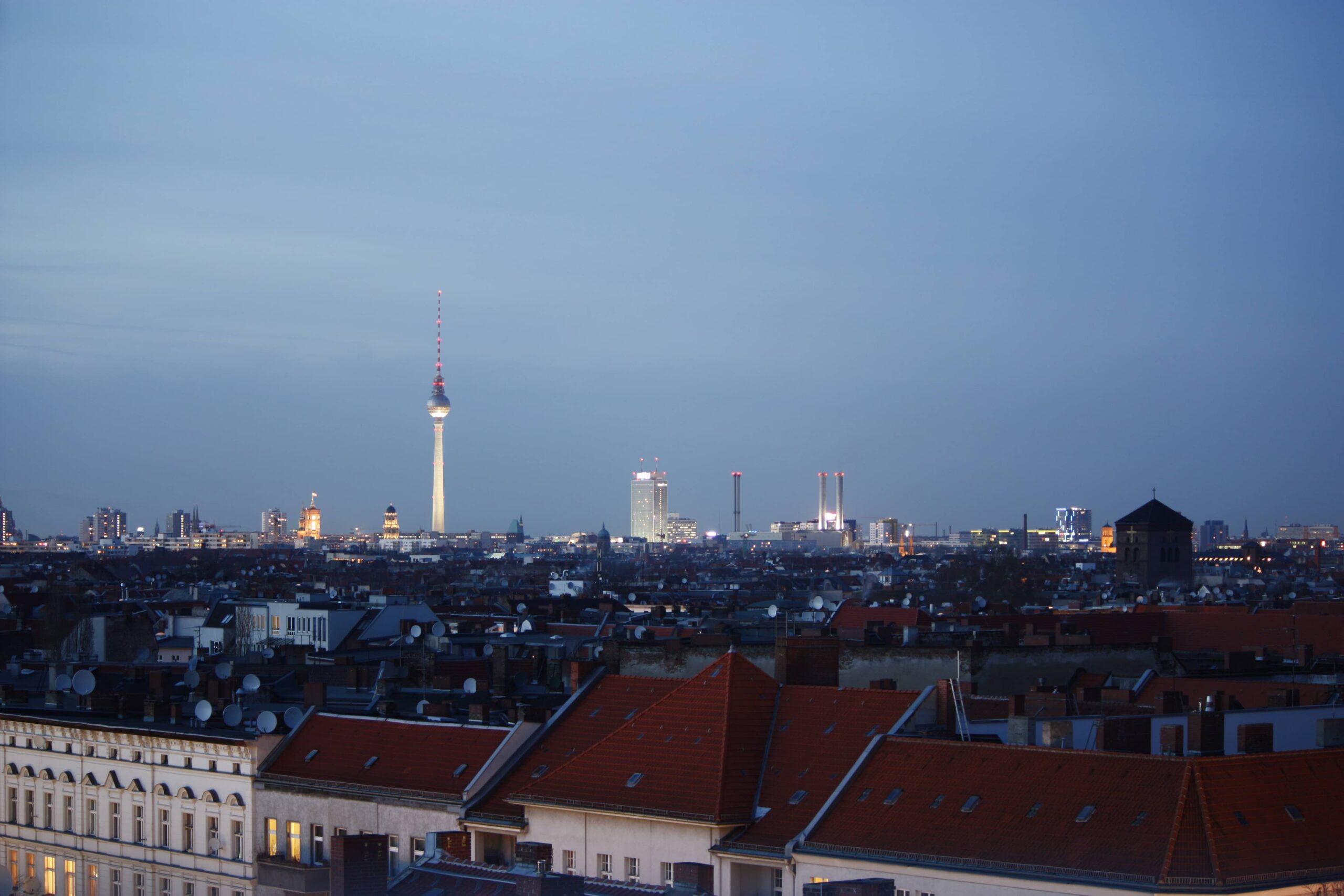
German metropolises and the affordable housing crisis
La Fabrique de la Cité
La Fabrique de la Cité is a think tank dedicated to urban foresight, created by the VINCI group, its sponsor, in 2010. La Fabrique de la Cité acts as a forum where urban stakeholders, whether French or international, collaborate to bring forth new ways of building and rebuilding cities.














